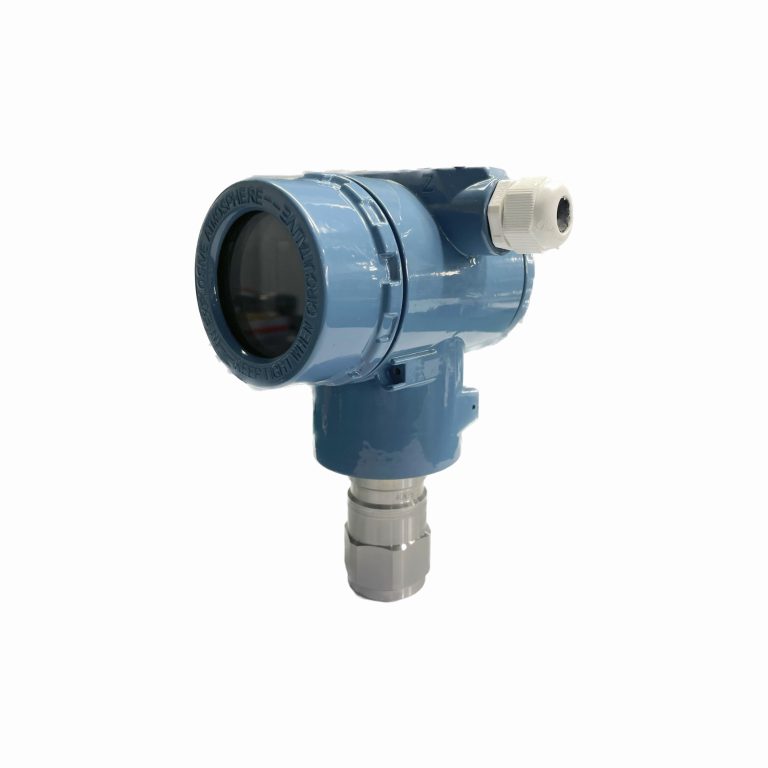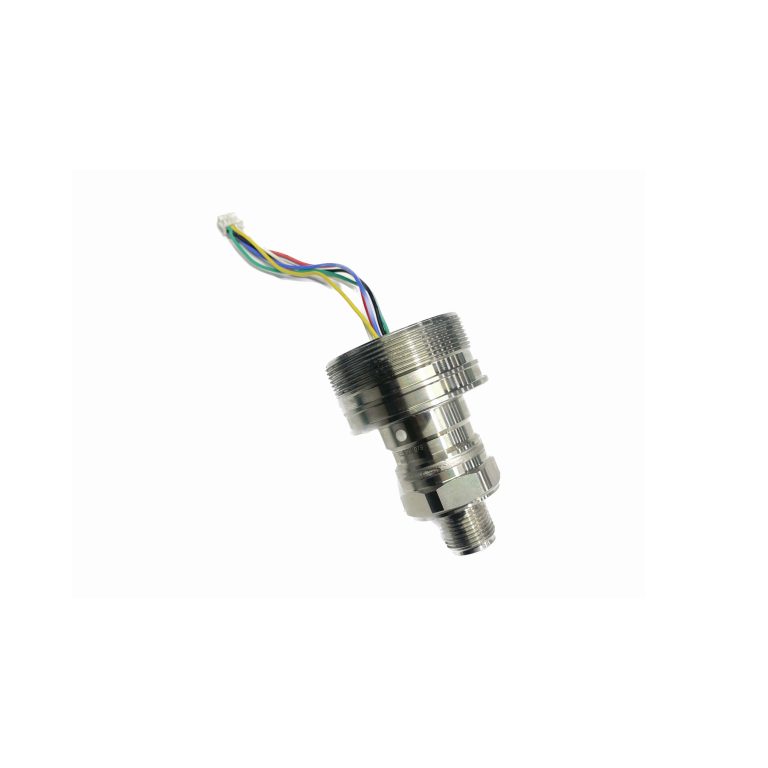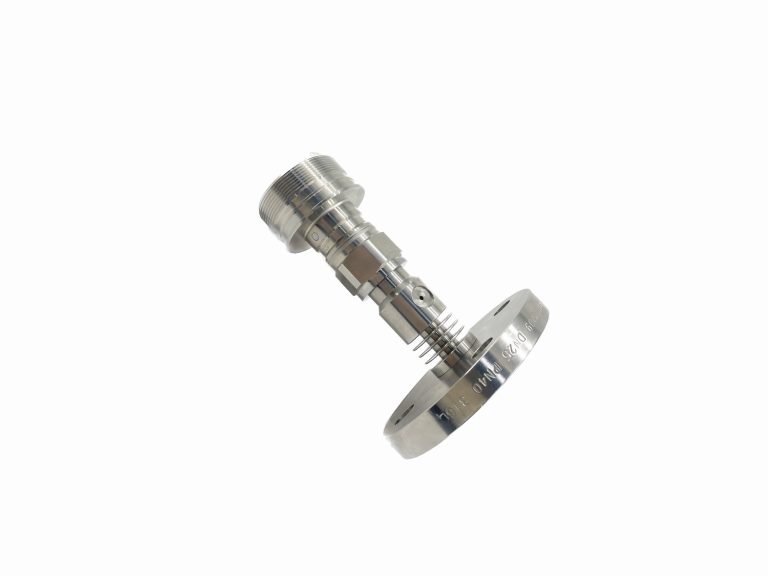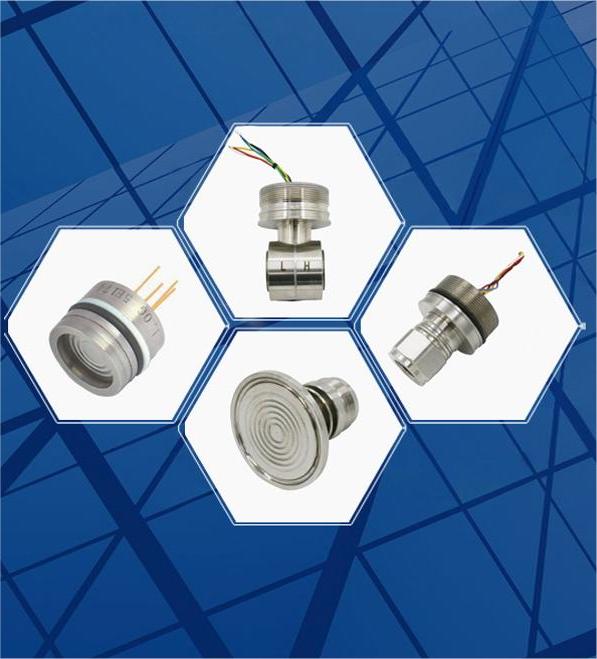Table of Contents
Benefits of Using Pressure Transmitters for PLC Factory Automation
Pressure transmitters are essential components in the automation of PLC factories. These devices play a crucial role in monitoring and controlling pressure levels in various industrial processes. By connecting pressure transmitters to PLC systems, manufacturers can achieve greater efficiency, accuracy, and reliability in their operations. One of the key benefits of using pressure transmitters in PLC factory automation is the ability to obtain real-time data on pressure levels. These devices continuously measure the pressure in a system and transmit this information to the PLC for analysis and control. This real-time data allows manufacturers to make informed decisions quickly, leading to improved process efficiency and productivity. Furthermore, pressure transmitters help ensure the safety of workers and equipment in the factory. By monitoring pressure levels, these devices can detect any abnormalities or potential issues in the system, such as leaks or overpressure conditions. In the event of a problem, the PLC can automatically trigger alarms or shutdown processes to prevent accidents and damage to equipment. Another advantage of using pressure transmitters in PLC factory automation is the ability to optimize energy consumption. By accurately controlling pressure levels in various processes, manufacturers can reduce energy waste and improve overall efficiency. This not only helps lower operating costs but also contributes to a more sustainable and environmentally friendly operation. In addition, pressure transmitters can help manufacturers comply with industry regulations and standards. By monitoring pressure levels and ensuring they are within specified limits, companies can avoid costly fines and penalties for non-compliance. This is especially important in industries where pressure plays a critical role in ensuring product quality and safety. Connecting pressure transmitters to PLC systems is a straightforward process that can be done using various communication protocols, such as Modbus or Profibus. These protocols allow for seamless integration of pressure transmitters with PLCs, enabling manufacturers to easily access and control pressure data from their automation systems. Moreover, by connecting pressure transmitters to PLCs, manufacturers can centralize control and monitoring of pressure levels in the factory. This centralized approach simplifies maintenance and troubleshooting tasks, as operators can easily access pressure data from a single interface. This not only saves time but also improves overall system reliability and performance. Overall, the benefits of using pressure transmitters for PLC factory automation are numerous. From real-time data monitoring to improved safety and energy efficiency, these devices play a crucial role in optimizing industrial processes. By connecting pressure transmitters to PLC systems, manufacturers can achieve greater control, efficiency, and reliability in their operations.Best Practices for Properly Connecting Pressure Transmitters to PLC Systems in a Factory Setting
Pressure transmitters are essential components in factory settings, as they play a crucial role in monitoring and controlling pressure levels in various processes. Properly connecting pressure transmitters to Programmable Logic Controllers (PLCs) is vital to ensure accurate and reliable data transmission. In this article, we will discuss some best practices for connecting pressure transmitters to PLC systems in a factory setting. When connecting a pressure transmitter to a PLC, it is important to first understand the specifications and requirements of both devices. This includes knowing the communication protocol, signal type, and voltage levels supported by the pressure transmitter and the PLC. Matching these specifications will ensure seamless integration and communication between the two devices. One of the key considerations when connecting a pressure transmitter to a PLC is the wiring configuration. It is important to use shielded cables to minimize electromagnetic interference and ensure accurate signal transmission. Additionally, proper grounding of both the pressure transmitter and the PLC is essential to prevent electrical noise and signal distortion.| Measuring medium | Gases, vapours, liquids |
| Inaccuracy | ±0.075% |
| stability | ±0.1%/3 years |




